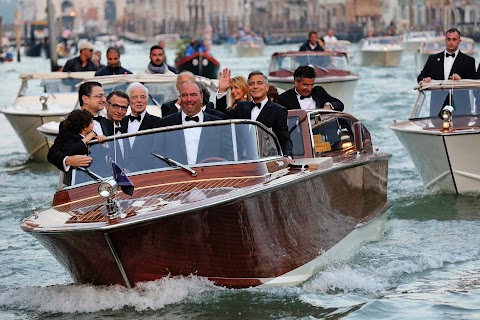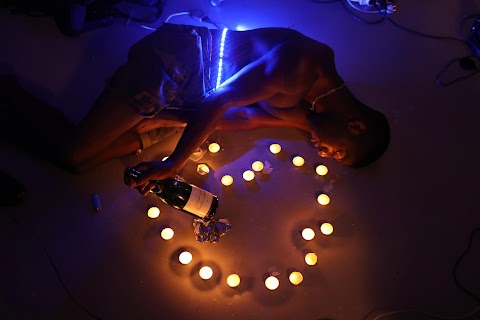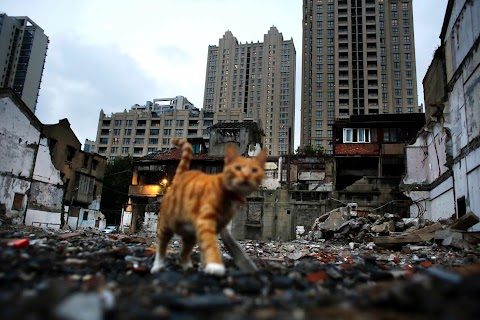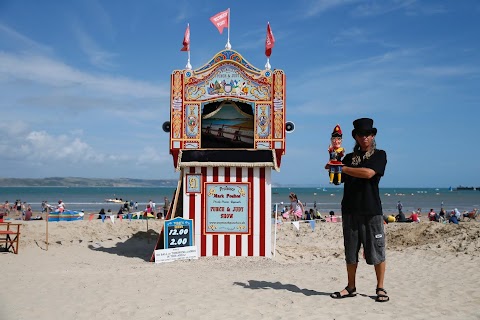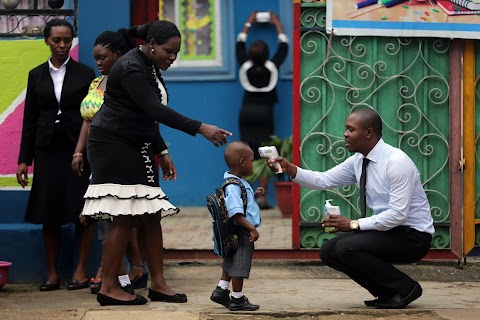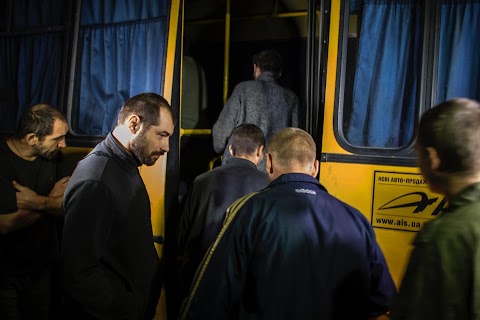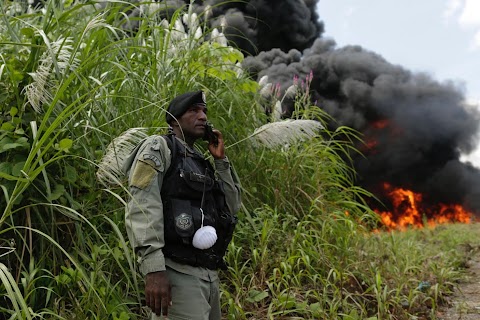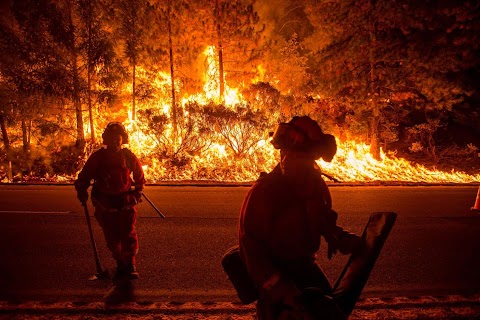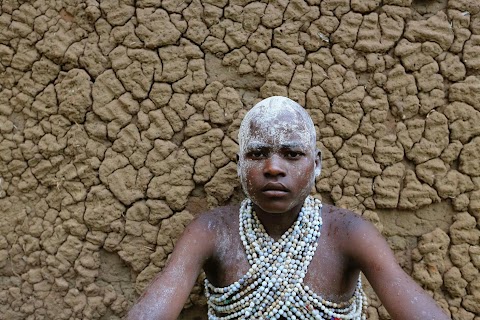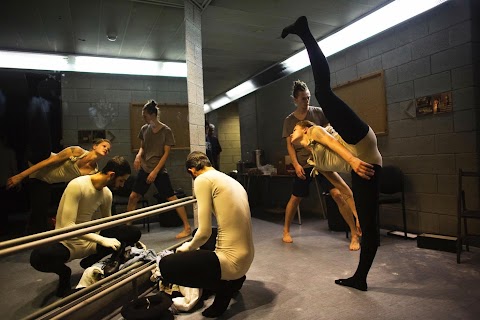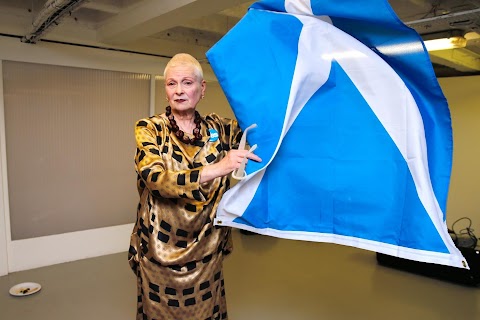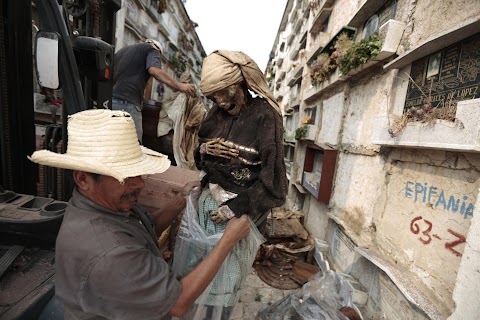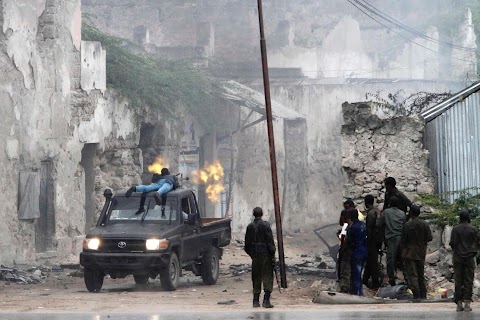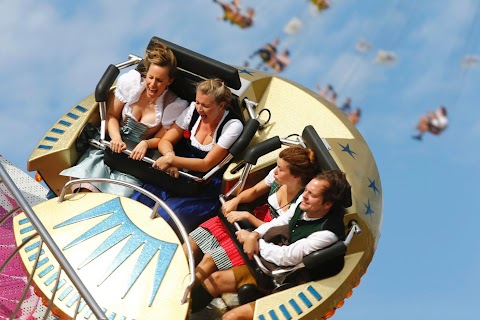
The thrill of the fair
 Michael Dalder
Michael Dalder
Flying over a throng of crowds, traditionally-clad visitors enjoy the opening day of the Bavarian capital’s 181st Oktoberfest, one of the world’s largest annual fun fairs.
First celebrated in 1810 when Crown Prince Ludwig married Princess Therese and invited Munich’s citizens to join the party, the festival attracts over six million beer drinkers.

Visitors hold up the first mugs of the special beer. The beverage can only be served after the tapping of Oktoberfest’s first keg at midday.
Over six million litres of the “liquid gold” is expected to be drunk this year. Containing around six percent alcohol, it cost between €9.70 and €10.10 a mug.
Alcohol, however, is not the Oktoberfest’s only attraction. The tents serve local delicacies such as oxen, pork knuckles and salty pretzels and the fairground offers an array of cotton candy, roasted almonds and, of course, the rides themselves.
Slideshow

A gingerbread heart is seen during the 181st Oktoberfest.

A girl waves from a window on a parade float.

Newly elected mayor of Munich, Dieter Reiter, taps the first barrel of beer.

A waitress carries mugs of beer.

Visitors reach for one of the first mugs after the tapping.

Festival-goers enjoy a beer.

People rest in a meadow.

Visitors enjoy a fairground ride.

Others ride a merry-go-round in front of St. Pauls Church.

A merry-go-round spins in various colours at night.

Crowds throng at the Theresienwiese, or festival ground.
"Happy and satisfied with all the pictures, I began to look forward to a well-deserved beer"
Many of us have been invited to wedding ceremonies and receptions in our time, as guests or even as photographers. One Saturday, at five o’clock in the morning, my colleague Lukas Barth and I prepared our camera gear to photograph a wedding party, with around six million guests.
I’m not sure how many of them were aware of the fact that the party they were attending – “the Oktoberfest” – originally celebrated and honoured the marriage of the Bavarian Crown Prince Ludwig and Therese von Sachsen-Hildburghausen in 1810.
Almost 200 years later, the celebration still exists in the form of the world’s biggest beer festival, a place where tradition meets madness. The fairground has been called “Theresienwiese”, or “the Wies’n” by experienced visitors and, despite the name “Oktoberfest”, the festival always starts on the penultimate Saturday of September.
Visitors from all over the world – some dressed more or less in traditional Bavarian attire – wait expectantly to taste the special Oktoberfest beer, which is a lot stronger than regular German beer.
We arrived at the fairground to find almost 3,000 people already queuing in front of the entrances to each of the 11 tents, hoping to catch one of the non-reserved seats inside. Some of them had been there since four o’clock in the morning, even though the beer would not be served before midday. Many had already started drinking beverages brought from home and often revellers were very jolly before the festival had even begun.
The first few hours are always very crowded, making it difficult for photographers to get around. Merry people spilt beer (sometimes on equipment), blocked the way, danced on tables and contributed to an incredible amount of noise. It was fascinating to watch the waitresses manoeuvre around the chaos while carrying up to 12 one-litre mugs of beer, blowing whistles to ask people to move, and making sure everybody paid for their beer which, this year, cost up to €10.10 a mug.
Lukas set up his equipment in the “Schottenhamel” tent where, at high noon, Munich’s newly elected mayor Dieter Reiter tapped the first barrel of the famous and delicious ale. This year it took him four hits, but once his job was done and he had yelled the famous sentence: “O’zapft is, auf eine friedliche Wiesn!” meaning: “the barrel is tapped, on a peaceful festivity,” all the other tents could start selling their beer.
At the same time, I positioned myself on a ladder inside the “Hofbräu Tent”, which, with the capacity to hold about 10,000 people, was one of the biggest. Insiders also knew that the beer from the first barrel would be handed to the crowd for free.
Outside the tents, some people enjoyed the fairground rides while those who may have excessively enjoyed the ale lay down for a little rest.
Towards the end of the day, I began my last hike up the 300 steps to the top of the tower of St. Peter’s church to get some shots of the huge festival ground. The impressive view and peaceful silence outweighed the long climb at the end of a twelve-hour day.
Once I had taken the images, I headed back down to photograph some rides illuminated in the darkness. Happy and satisfied with all the pictures, I began to look forward to a well-deserved beer… at home.

The Theresienwiese is seen at dusk.
